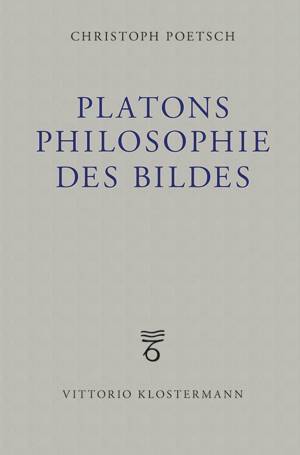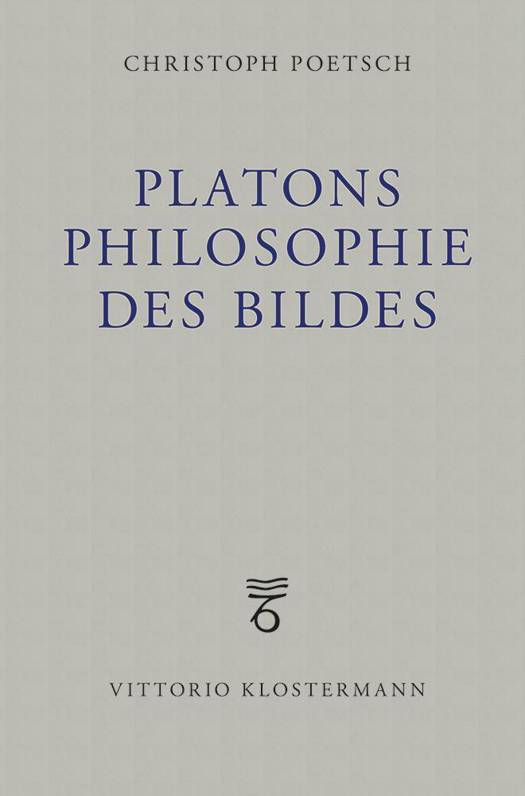
- Afhalen na 1 uur in een winkel met voorraad
- Gratis thuislevering in België vanaf € 30
- Ruim aanbod met 7 miljoen producten
- Afhalen na 1 uur in een winkel met voorraad
- Gratis thuislevering in België vanaf € 30
- Ruim aanbod met 7 miljoen producten
Zoeken
Platons Philosophie Des Bildes
Systematische Untersuchungen Zur Platonischen Metaphysik
Christoph Poetsch
Paperback | Duits
€ 68,45
+ 136 punten
Omschrijving
The study reconstructs the concept of the image as the basic concept of Plato's philosophy. Within the overall framework of this philosophy of the image, the appearance of the invisible in itself rather than the depiction of the likewise visible proves to be its uniform core. The picture thus moves into the direct vicinity of the body and is finally integrated into the ontology of the sequence of dimensions. This implies far-reaching reinterpretations of the line and cave parables as well as art criticism and establishes systematic references to the ontology of ideas, to the philosophy of language and the doctrine of parables as well as to Plato's own dialogue design. Plato's concept of the image is thus not merely a deprecating figure of thought, but constitutively dialectical: he formulates not only the differentiation of reality, but also the connection between the sensual and the spiritual, and consequently the unity of reality. Understanding the sensual world as an image does not mean declaring it meaningless or worthless, but to really come to terms with it.
Specificaties
Betrokkenen
- Auteur(s):
- Uitgeverij:
Inhoud
- Aantal bladzijden:
- 428
- Taal:
- Duits
Eigenschappen
- Productcode (EAN):
- 9783465044109
- Verschijningsdatum:
- 1/08/2019
- Uitvoering:
- Paperback
- Formaat:
- Trade paperback (VS)
- Afmetingen:
- 233 mm x 254 mm
- Gewicht:
- 653 g

Alleen bij Standaard Boekhandel
+ 136 punten op je klantenkaart van Standaard Boekhandel
Beoordelingen
We publiceren alleen reviews die voldoen aan de voorwaarden voor reviews. Bekijk onze voorwaarden voor reviews.











